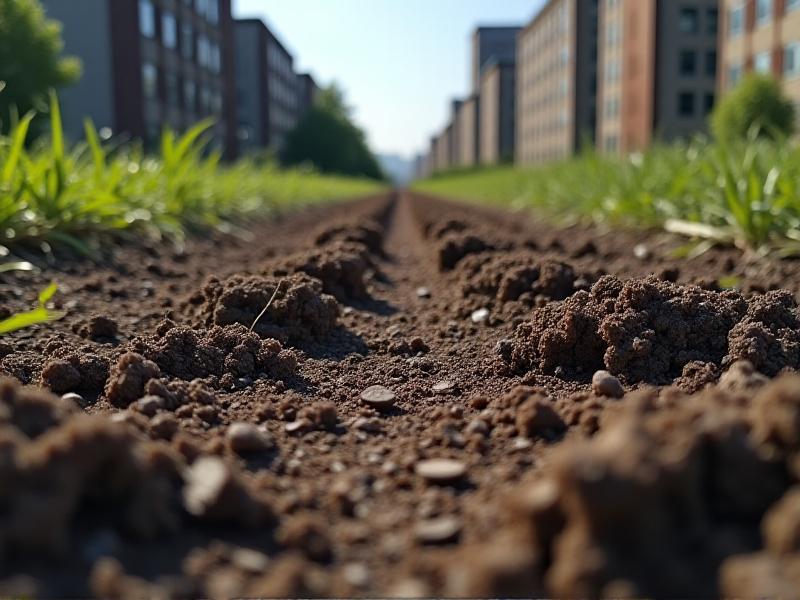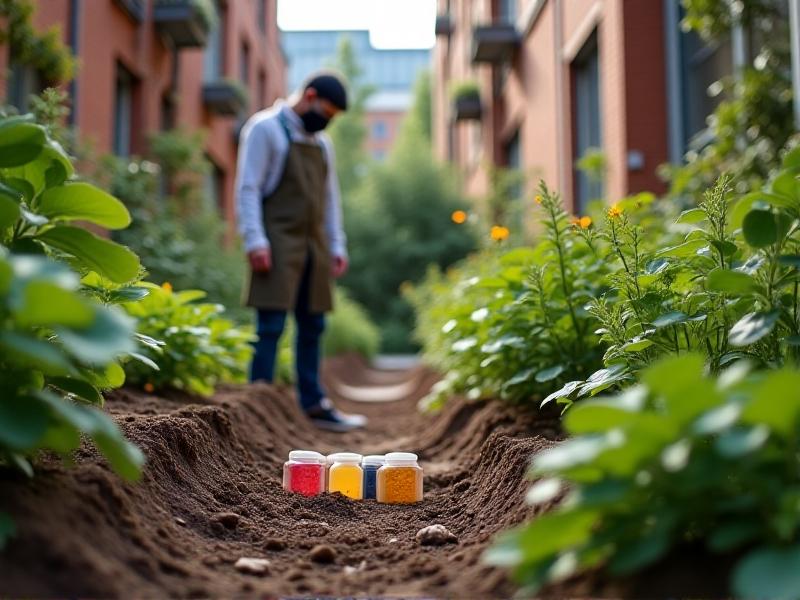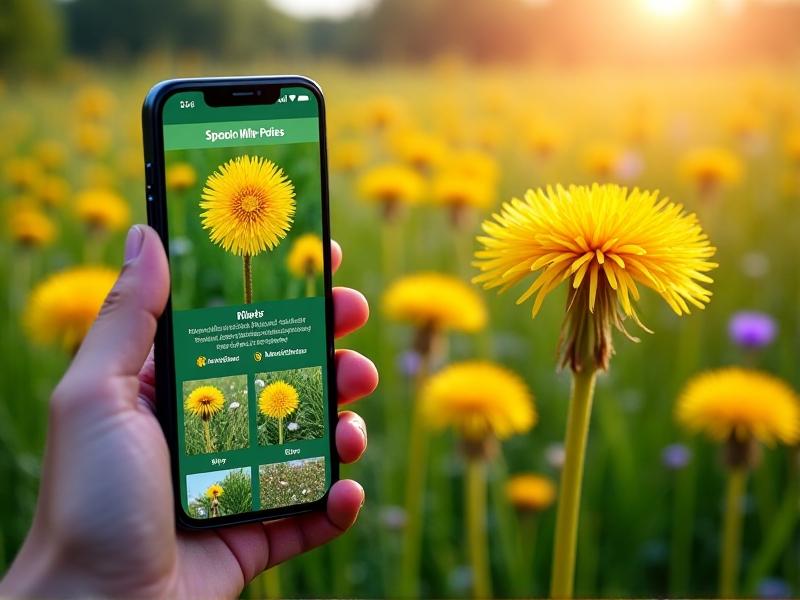Mitigating Pollution Risks in Urban Foraging: Soil Testing Methods
The Growing Popularity of Urban Foraging and Its Challenges
Urban foraging, the practice of gathering wild food resources in urban environments, has seen a surge in popularity in recent years. As more people seek sustainable and local food sources, urban foraging offers a unique way to connect with nature and reduce reliance on commercial agriculture. However, this practice is not without its risks. One of the most significant challenges urban foragers face is the potential for contamination from pollutants present in urban soils. Heavy metals, pesticides, and other harmful substances can accumulate in plants, posing serious health risks to those who consume them. Understanding and mitigating these risks is essential for safe and sustainable urban foraging.

Understanding Soil Contamination in Urban Areas
Soil contamination in urban areas is a complex issue influenced by historical and current human activities. Industrial operations, vehicle emissions, and the use of chemical fertilizers and pesticides all contribute to the presence of pollutants in urban soils. Heavy metals such as lead, cadmium, and arsenic are particularly concerning due to their persistence and potential to accumulate in plants. Additionally, organic pollutants like polycyclic aromatic hydrocarbons (PAHs) can also pose significant health risks. Understanding the sources and types of contamination is the first step in assessing and mitigating the risks associated with urban foraging.

Essential Soil Testing Methods for Urban Foragers
To ensure the safety of foraged foods, urban foragers must employ reliable soil testing methods. One of the most common approaches is the use of portable X-ray fluorescence (XRF) analyzers, which can quickly detect heavy metal concentrations in soil samples. Another method involves sending soil samples to a laboratory for detailed analysis, which can provide comprehensive data on a wide range of contaminants. Additionally, pH testing can offer insights into the soil's ability to bind or release heavy metals. By combining these methods, urban foragers can make informed decisions about where and what to forage, minimizing the risk of exposure to harmful substances.

Interpreting Soil Test Results: What to Look For
Interpreting soil test results is a critical step in the process of mitigating pollution risks. Urban foragers should pay close attention to the concentrations of heavy metals and other contaminants, comparing them to established safety thresholds. For example, the Environmental Protection Agency (EPA) provides guidelines for acceptable levels of lead in soil. Additionally, understanding the bioavailability of contaminants—how easily they can be absorbed by plants—is essential. Soil pH and organic matter content can influence this bioavailability, so these factors should also be considered when interpreting test results. Armed with this knowledge, foragers can identify safe foraging sites and avoid areas with high contamination levels.
Strategies for Reducing Exposure to Contaminated Soil
In addition to soil testing, urban foragers can adopt several strategies to reduce their exposure to contaminated soil. One effective approach is to focus on foraging in areas with lower pollution levels, such as community gardens or parks that have been tested and deemed safe. Another strategy is to avoid foraging near roadsides, industrial sites, or areas with a history of chemical use. Washing and peeling foraged plants can also help remove surface contaminants. For those who are particularly concerned, growing plants in raised beds with clean soil can provide a safer alternative to wild foraging. By combining these strategies with regular soil testing, urban foragers can enjoy the benefits of foraging while minimizing health risks.
The Role of Community and Collaboration in Safe Urban Foraging
Community involvement and collaboration play a crucial role in promoting safe urban foraging practices. Local organizations and community gardens can provide valuable resources and support, including access to soil testing services and educational workshops. Sharing knowledge and experiences with fellow foragers can also help identify safe foraging sites and best practices. Additionally, advocating for policies that address soil contamination and promote urban green spaces can contribute to a safer foraging environment for everyone. By working together, urban foragers can create a supportive community that prioritizes health, sustainability, and environmental stewardship.
Looking Ahead: The Future of Urban Foraging and Soil Health
As urban foraging continues to grow in popularity, the importance of soil health and pollution mitigation cannot be overstated. Advances in soil testing technologies and increased awareness of contamination risks are paving the way for safer foraging practices. However, there is still much work to be done. Continued research into the effects of urban pollution on soil and plants, as well as the development of more effective remediation techniques, will be essential. By prioritizing soil health and fostering a culture of safety and sustainability, urban foragers can ensure that this practice remains a viable and beneficial option for years to come.








